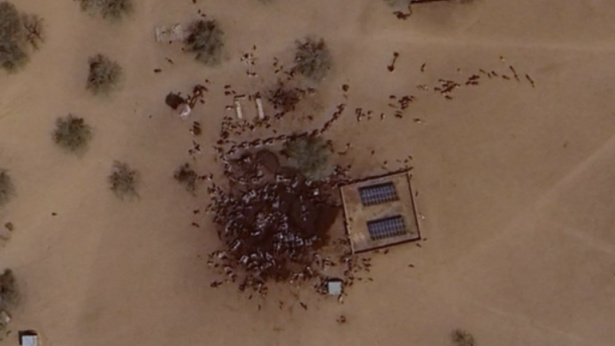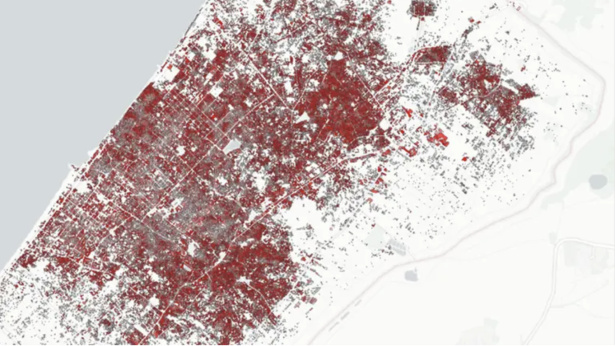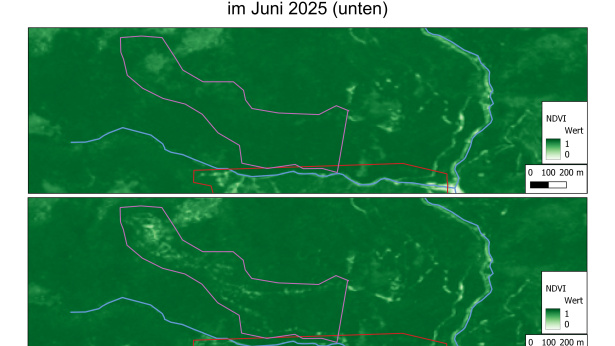A pile of rubble twice the size of the Berlin TV tower.

UN estimates put the amount of Trutt caused by the earthquake in Turkey alone at 210 million tons. If this Trutt were piled up in one place, the pile would be 830 meters high and wide. That is 2.3 times higher than the Berlin TV tower, which towers far above the rooftops of the German capital. By way of comparison, the severe earthquake in Japan in 2011 left behind 31 million tons of debris. Stacked together, this amount of debris would only be 70 meters higher than the Berlin TV tower.
The earthquake zone in Turkey covers approximately 110,000 square kilometers, an area almost three times the size of Switzerland. Even for such a powerful earthquake, this is a very large area.
To understand how 210 million tons of debris could be generated, it helps to look at the destructive power of the two largest earthquakes that struck on February 6, 2023. The first quake, which occurred in the early morning, had a magnitude of 7.8, which is comparable to the explosive force of nearly 8 million tons of TNT — or more than 500 times more powerful than the atomic bomb dropped on Hiroshima. Then, later that same day, an aftershock with a magnitude of 7.5 followed.
More than 52,000 people were killed, and around 300,000 buildings were destroyed or had to be demolished. In Antakya, one of the cities hardest hit by the earthquake, our satellite images show the extent of the damage.

This is what the centuries-old city of Antakya looked like before the earthquake. It is located in Hatay, the southernmost region of Turkey. Our SAR analysis for the NZZ after the earthquake shows that 23,800 houses were damaged – about two-thirds of the buildings shown on the map. Nearly half of these were severely damaged.



